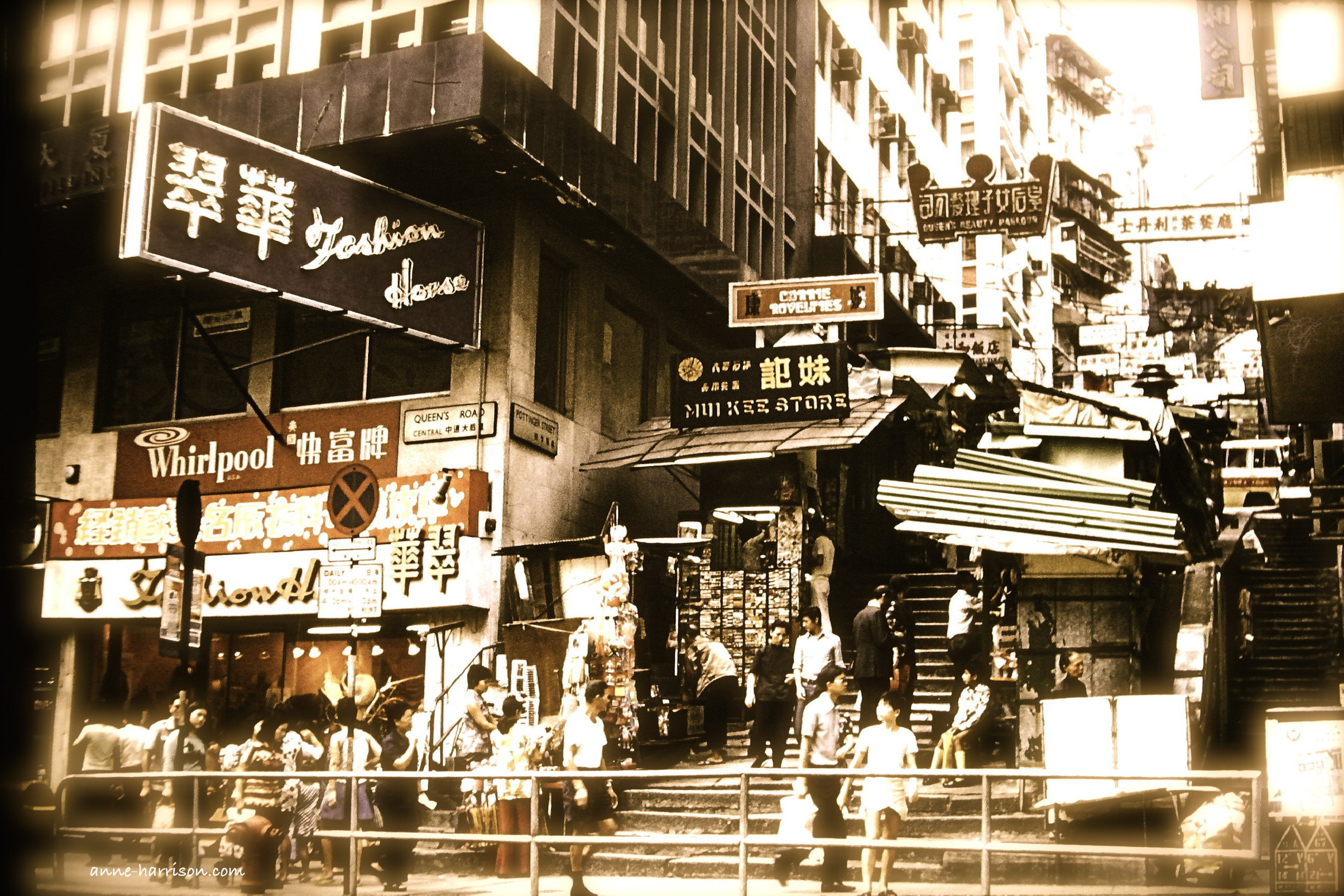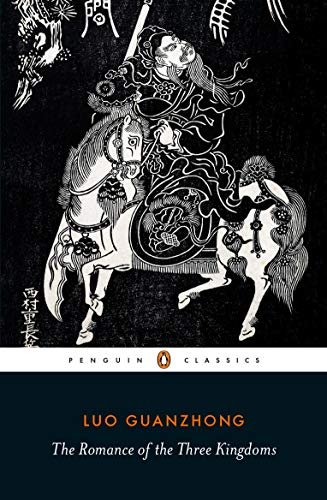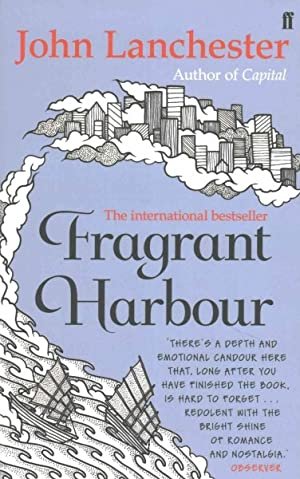Something To Read in Hong Kong
One of the first photos I ever took of Hong Kong © A. Harrison
This eclectic city has inspired numerous novels and many are steeped in the history of China, from the time of its ancient kingdoms to its contact with the West. The modern visitor is spoilt for literary choice, with far more works than could be possibly be read in one visit, whether it be just Hong Kong, or extends to Mainland China. These are but 3 suggestions - with more to come.
The Romance Of The Three Kingdoms
It is a general truism of this world that anything long divided will surely unite, and anything long united will surely divide
Opening of The Romance Of The Three Kingdoms.
The Romance Of The Three Kingdoms is one of the great works of Chinese literature and as such is essential reading for any visitor with a taste for history. Combining Classical Chinese with the venacular, the novel had a significant influence on both Chinese and Asian literature.
Myths regarding the Three Kingdoms existed long before the work was penned in the 14th century by Luo Guanzhong. As the name suggests, it covers the turbulent period of The Three Kingdoms, opening in 169 AD as the Han Dynasty fails in 169 AD, until the end of The Three Kingdoms in 203 AD.
Many of the characters (and it rivals many a Russian novel with over 1000) are historical figures. The work is a mixture of history, legend and myth, dealing not only with the politics of these three power blocks, but also exploring the role of intrigue, duty and loyalty from the highest levels of power down to personal romances.
Varying from a broad brushstroke to fine detail, The Romance Of The Three Kingdoms is more than a historical drama. It explores the Chinese cyclical view of history, and reflects those Confucian values so important at the time the novel was written. Although dealing with a time nearly 2000 years ago, it remains a great introduction to Chinese history and culture for anyone visiting Hong Kong.
Fragrant Harbour
With three interwoven stories, John Lanchester's Fragrant Harbour follows the change in Hong Kong from the time in 1935 when fragrant perfumes still drifted out to sea to greet incoming ships, to its birth as a modern economic miracle (with a slightly more heady aroma).
Through the eyes of the three narrators, the history of the island for most of the 20th century unfolds. Fragrant Harbour can virtually be used as a guide book, for it’s impossible not to walk the streets and see what has been written in the novel: to lament the disappearance of the old airport with its dramatic descent of the planes so close to the buildings one felt they could almost be touched, the smell of the water when catching the Star Ferry, taking the view from The Peak then walking around the mountain, becoming lost in the overgrowth.
There is the invasion by the Japanese in WWII with the establishment of a concentration camp at Stanley, followed by the unrest and riots of the 1960s. There is even reference to the notorious Mong Kok apartments, some of which can still be seen at Shek Kip Mei Estate. Mong Kok remains the mostly densely populated area on earth, and at the time many people simply disappeared when they entered the main door of this building.
By the end of the novel, Hong Kong has become what visitors now see: an economic powerhouse. Yet Lanchester explores the intricate finance deals between Hong Kong and the mainland, the role of the triads, and importance of family ties and honour. Most of all, it is a tribute to the people and history of an island the author so obviously loves.
The Painted Veil
Lift not the painted veil which those who live
Call Life
- Shelley, Sonnet
When Somerset Maugham wrote The Painted Veil in 1925, he originally set the novel in Tching-Yen for legal reasons, yet anyone who has visited Hong Kong will immediately recognise the streets and buildings he so loving describes. (The setting was changed to Hong Kong in all subsequent publications of the novel).
Opening in England, the novel follows the spiritual and emotional awaking of Kitty. After making a desperate marriage to Walter Fane, she accompanies her husband to Hong Kong, where he works as a bacteriologist. Here she enters the dazzling expat world, and begins an affair with Charles Townsend, the Assistant Colonial Secretary.
Maugham brilliantly captures the dual world of Hong Kong. Kitty discovers the wealth of the expats with their homes in Happy Valley, The Midlands and The Peak, their life revolving around games of tennis and country clubs and endless parties, as well as the business district of Central where this wealth is earned. Then there is another world removed from the one Kitty inhabits: the world of the Chinese and other nationalities who were born and live in this city, without the privileges wealth bestows. This discrepancy becomes acute when she accompanies her husband to a cholera infected province of China. In contrast to our world of modern travel and instant information, reaching the province takes days of travel, with Kitty often carried by pole-bearers. She never walks.
Cholera was a major killer at the time, and the word Kitty enters is ravaged by the disease. The area is ruled by a War Lord, the land is barren, and the dying are everywhere. The poverty of the peasants is palpable, and it is a group of French nuns who care for the dying. Yet Kitty can also see the beauty of the land, although it harbours so much death, and when she returns to Hong Kong a reluctant heroine, she realises her shallowness in accepting that expat world.
Enjoy my writing? Please subscribe here to follow my blog. Or perhaps you’d like to buy me a coffee? (Or a pony?)
If you like my photos please click either here or on the link in my header to buy (or simply browse) my photos. Or else, please click here to buy either my poetry or novel ebooks. I even have a YouTube channel. Thank you!
Plus, this post may contain affiliate links, from which I (potentially) earn a small commission.




